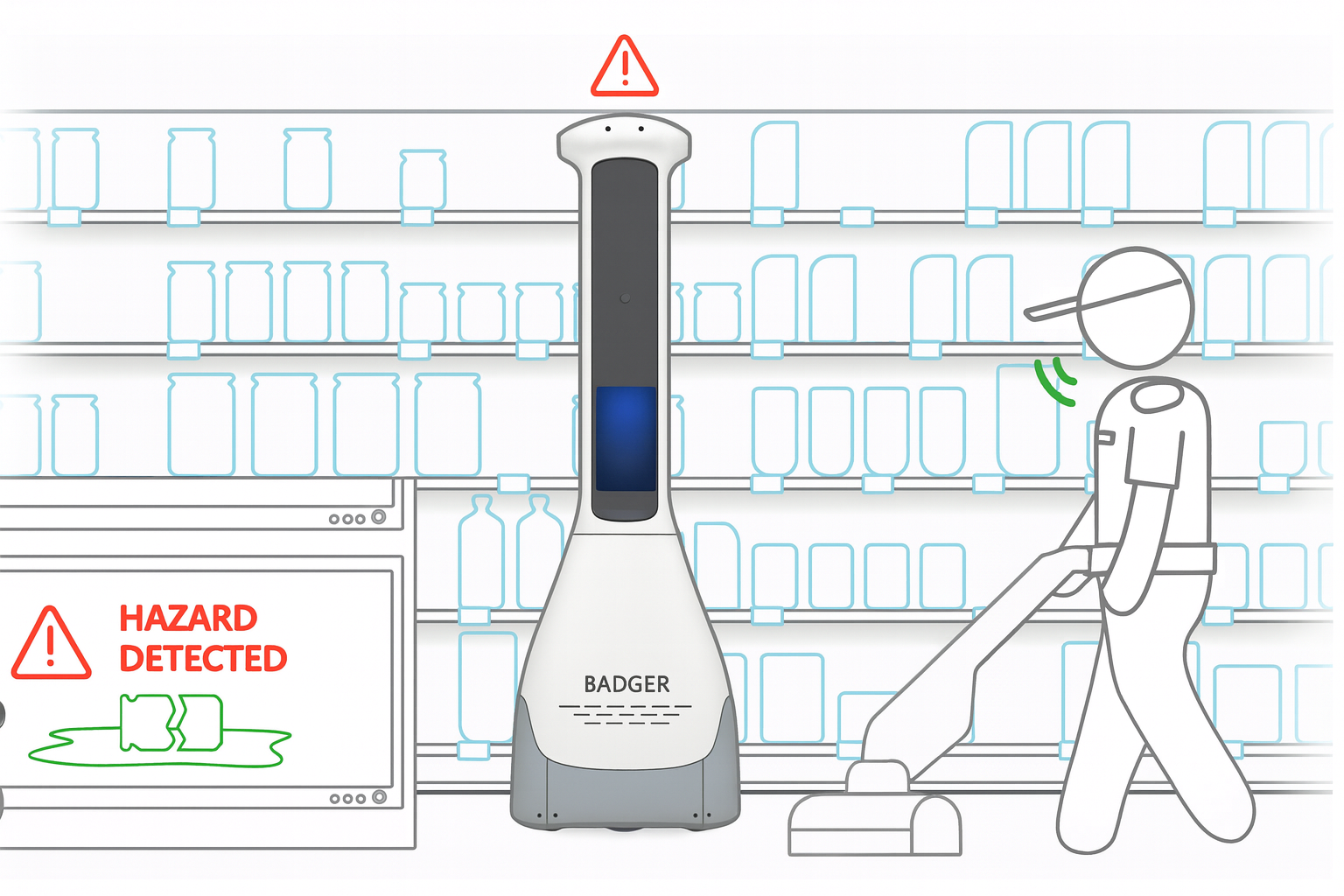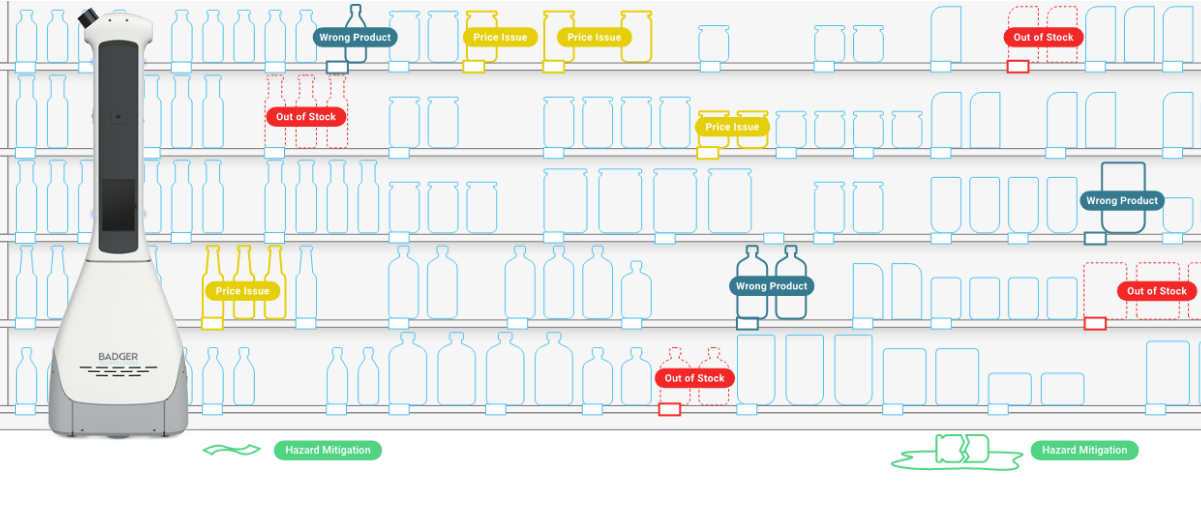The Cost of Complacency: Why Safer Stores Perform Better
Every retailer understands that safety matters. The question is how much it matters to day-to-day performance, brand trust, and profitability. Slips, trips, and falls remain one of the most consequential sources of disruption in stores.
They lead to injuries, staffing gaps, overtime, and costly claims that can erase the gains from otherwise strong execution. The good news is that these incidents are often preventable when retailers combine disciplined processes with continuous visibility.
The Ripple Effect of a Single Incident
A slip or trip is more than a reportable event. It is a chain reaction that affects people and operations. The National Safety Council reports that lost-time workers’ compensation claims for falls or slips average more than $51,000 per case. That figure represents only the direct cost. It does not capture the broader operational impacts that follow an incident on the floor.
Those impacts show up immediately. A team member may be sidelined for days or weeks. Managers must reassign labor or authorize overtime. Tasks that support availability and presentation slip down the priority list. During peak traffic, a single incident can ripple into longer lines, delayed restocking, and lower customer satisfaction.


Why Traditional Safety Practices Fall Short
Most retailers rely on inspections, manager walk-throughs, and employee vigilance to maintain safe aisles. These practices are necessary, but not sufficient.
Stores are dynamic environments. Product movement and unpredictable traffic patterns mean hazards often emerge between patrols. During busy hours, they go unnoticed. Prevention depends on both sound practices and reliable detection.
The Hidden Risk Beneath Your Feet
Independent analyses of commercial flooring have shown that many retail locations do not meet recommended slip-resistance thresholds, especially in high-traffic or moisture-prone areas. When floor surfaces underperform, even careful teams face elevated risk.
Technology That Sees What People Can’t
More retailers are closing the safety gap with automated safety systems. These solutions combine sensors, imaging, and software to detect spills, debris, and obstructions in real time. Associates receive alerts before minor issues become major disruptions.
This isn’t about replacing store teams, it’s about strengthening them. Associates spend less time on manual patrols and more time helping customers and executing core tasks. Managers gain confidence that hazards are being monitored, even during peak hours.
Safety as a Performance Driver
Retailers who treat safety as part of performance, not just compliance, see measurable improvements. Fewer incidents mean fewer claims and less lost time. That translates into stable scheduling, stronger execution, and better customer experience.
Clean, well-maintained aisles send a clear signal. Shoppers notice when stores feel organized, cared for, and safe. The connection between visible cleanliness and customer confidence is well established. Strong safety practices improve both operations and brand loyalty.
Building a Culture of Prevention
Safety programs succeed when people believe in them. That requires tools that are easy to understand and act on. Automated hazard detection delivers clear, timely alerts so associates can respond quickly. Prevention becomes everyone’s responsibility, without adding manual workload.
Investing in continuous visibility also shows a commitment to associate well-being. That matters for retention and morale. In a competitive labor market, steps that keep people safe while simplifying their work help teams stay engaged and effective.
Consistency Is the Key
Systems that operate continuously, at open and close, during weekday lulls and weekend peaks, help stores maintain high standards through the natural variability of retail life.
The cost of complacency is high. National data shows that falls and slips remain a significant source of expense. Industry research confirms that baseline conditions like floor slip-resistance are often below standard. Combining proven safety practices with continuous detection is a practical, measurable way to reduce risk and protect performance.
Retailers making this shift aren’t just reducing risk. They’re improving how their stores operate, how their teams perform, and how their shoppers feel. Safety becomes part of everyday excellence.
Protect your team. Elevate your store.
Resources
📄 Download the Digital Teammate Fact Sheet (PDF)
Contact us! - Discover how retailers prevent hazards and protect performance through continuous visibility with Digital Teammates.


About Badger Technologies
Badger Technologies, a product division of Jabil, is a leader in retail automation and artificial intelligence solutions. Its autonomous robots and digital teammates help retailers improve on-shelf availability, pricing accuracy, planogram compliance, and store safety.
With deployments across grocery, building supply, and other high-SKU retail environments, Badger Technologies provides retailers with real-time data and actionable insights that drive measurable results. Headquartered in Nicholasville, Kentucky, the company is committed to helping retailers build smarter, safer, and more efficient stores.